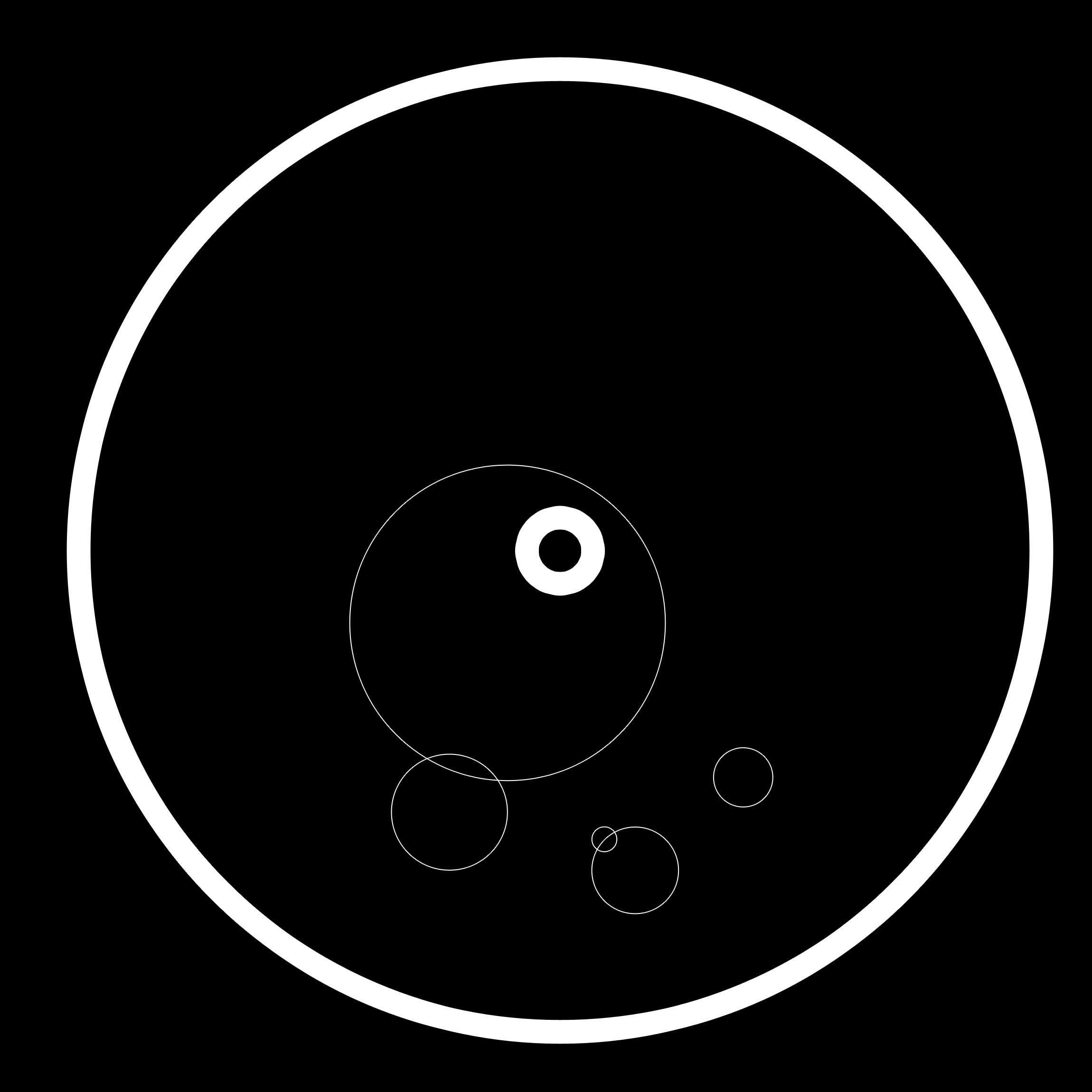The Society Of Contemporary Races
The dominant galactic power at the time of the bubble when most stories are set, the Society Of Contemporary Races was founded by a treaty between the Paladen and Kunamaka species in 516712 BCE. Ironically neither of the founder members remained contemporary for much longer, both passing into extinction within a relatively short time. Their idea lived after them; a political union open to space facing interstellar races for the management of territorial disputes, the furtherance of commerce and above all for the preservation of life and of species.
Of all the species practicing interstellar travel within the bubble, only Humanity and the Counter Xarctic Traders operated outside the structures of the Society; the former by decree and the latter because they chose to remain independent. The Counter Xarctic Traders were nevertheless highly respected within the Society, humanity sadly rather less so.
The image in the side bar is the sigil of the society. It is a symbolic representation of the plane of the galaxy as seen from reference point with the date of foundation encoded in the design of the embedded five thin circles, each of which represents the position of the expanding wavefront of a supernova visible in the region of the galaxy known to the society. Subsequent dates of major events are sometimes marked by the society with similar designs reflecting the passage of the light wavefronts in the increasing size of the circles and the demotion of older circles when newer supernovae outshine them. The Pyrian supernova of 3540 CE was one such event. This specific image, however is used universally to denote the society itself.
Structure
During the limitation it was never clear to human agents exactly how the Society Of Contemporary Races was governed, nor who stood highest in its power structures. It would have been naive to assume, even when such things were known, that the eldest Emergent races were necessarily the ones that carried the most weight. Amongst the species humanity encountered in the bubble, the Thinderin were generally thought to exercise significant influence within its inner councils but the Viwodia were believed to out rank them and were suspected of leading most decision making processes. Outside the bubble, the Pthyle were reputed to be the longest standing members of the Society, although because they never travelled within it, they were never seen by humanity before the bubble burst. Similarly, Thinderin and Viowodian sources often refered to the Salamanican as a powerful culture that simply didn't cross the bubble because it was so distant from their centres of interest. The BXR was unable to determine how far these or other agencies were responsible for controlling the limitation and much of the internal politics of the Society remained mysterious on Earth for more than a thousand years after humanity emerged.
Culture
An acute awareness of the fleeting and fragile nature, not only of civilizations and cultures but of entire planetary ecosystems and even races spread more widely in the galaxy informs the ethos of the organisation, conscious of its many extinct predecessors who might have claimed to rule before them. As such, the society charter urges its members to seek to preserve life and species of all kinds wherever they are found and also to bring life to hitherto lifeless worlds.
Public Agenda
Species normally become members at the time they Emerge, which the Society considers a critical moment in their evolutionary development. Emergence requires the independent discovery of faster than light travel. Prior to that point, the Society practices a policy of occasional low level aid and some co-settlement on a developing world, but (almost always) transitioning to a strict non-contact protocol from the time that any potential intelligent species acquires the means of permanent record keeping. It is seen both as a test and as a means of promoting healthy independence and self confidence in future society members. Only on the world of Silusia Alpha does it appear that an exception has been made to this policy, for complex historical reasons.
Whilst the Society seems mainly to work through the exercise of soft power, it is not without military resources which it can occasionally wield with deadly effect. Humanity found this out when, somewhat contrary to usual practices it was not granted immediate membership of the Society on Emergence. During the so called, Golden Age Of Adventure it seemed that the galaxy would be open to the peoples of Earth to explore for as far as they wished to travel. Not so. The limitation, which was pronounced like a judicial sentence in 2348 CE, divided the galaxy into the bubble, a roughly spherical volume of some two hundred light years radius centred on Sol, and the forbidden regions, which amounted to the rest of the universe. Whilst the limitation was enforced, no human ship would be allowed to travel beyond the bubble and the Society seemed to possess some mysterious and powerful technology which could indeed police this vast perimeter and unerringly detect any attempts to break out of it. No ship which tried to leave the bubble ever returned.

516712 BCE - 2631780 CE
Type
Political, Confederation
Controlled Territories



Comments